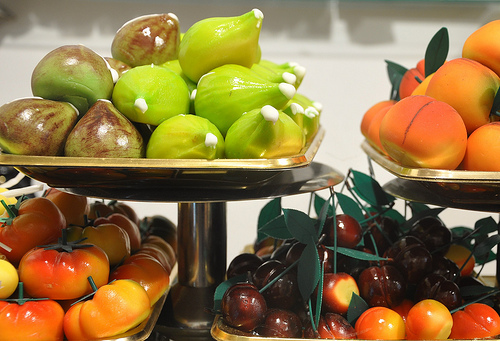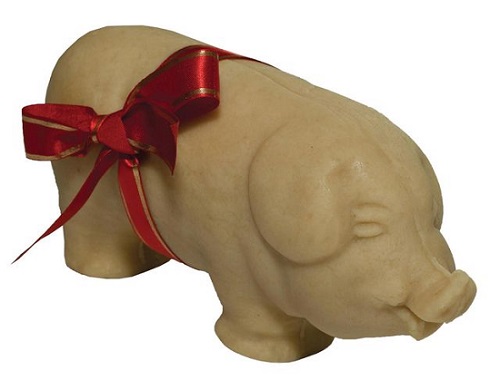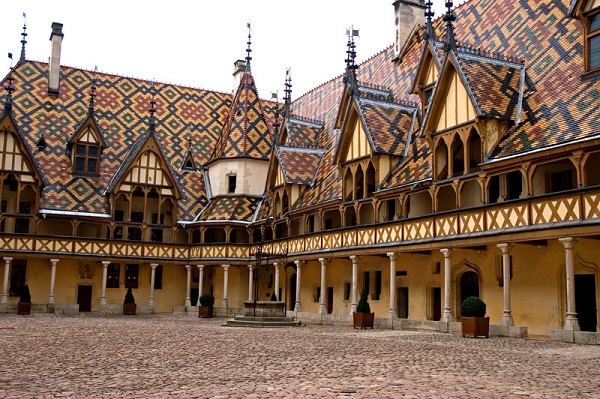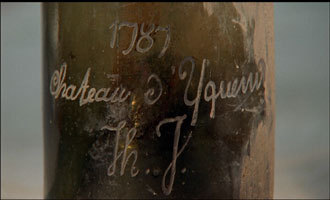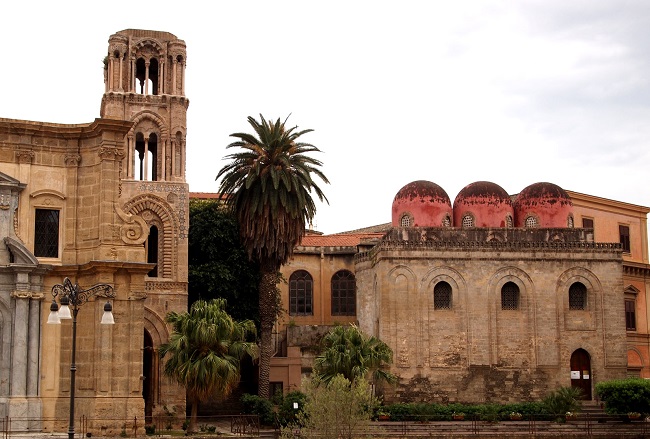
Sicilians learned the art of confectionery from the Arabs, for after their departure, their recipes for sweetmeats were adopted and improved in medieval monastery kitchens. Fortunately the occupiers had left behind their distillation equipment, which made possible the manufacture of an essence, called “orange flower water”, an essential ingredient in the making of marzipan. The pious confectioners pounded almonds in mortars, mixed the result with sugar, cooked the two together in orange flower water, flavoured the result with some vanilla, and the resulting product was Sicilian marzipan.
Its name comes from the Arabic word manthaban, which was just the container in which the sweet almond paste was stored. Later, this term was used fro measuring the correct ration of sugar and almonds used in the manufacture of marzipan. So quickly did marzipan become a regular fixture on the tables of kings that Sicilians gave it a fitting nickname: pasta reale or royal paste.
The Martorana cloister became particularly famous for producing this specialty. In 1143, George of Antioch, a trusted admiral of Roger II, the first Norman king, had a church built which he handed over to an order of Greek nuns. The nuns lived in a nearby convent where they devoted themselves primarily to producing sugar figurines for All Saints’ Day and All Souls’ Day. These already famous delicacies were coloured with dyes made from roses, saffron and pistachio.
About 50 years later, Eloisa Martorana built another cloister which was joined to the building belonging to the Greek sisters. The entire ‘complex’ became known from that time on as “Mantorana”, the same name that was also given to the sweetmeats. Even after 1435, when the buildings were taken over by the Benedictine monks, the name remained the same.
Although the secrets of marzipan making and confectionery made their way into ordinary households during the course of time, the sweetmeats produced in the cloisters retained their special reputation. So high was the demand that the nuns were kept busy round the clock, producing marzipan and other confectionery for special festivals. In 1575, the religious authorities of Mazara del Vallo were forced to prohibit the nuns from making it so that they would not be distracted from their religious duties during Holy Week. The nuns however, were so passionate about their confectionery that they refused to obey the order from the synod and not only continued to manufacture their frutti di Matorana but created new delicacies. Unfortunately, we have no record of what the Bishop said on their creation of minni di Virgine (Maiden’s breasts), decorated with glacé cherry halves!!
Of course today, you can find wonderful marzipan fruits and delicacies all over Italy, including little marzipan pigs, originally made by Palermo confectioners for January 20, St. Sebastian’s day.
